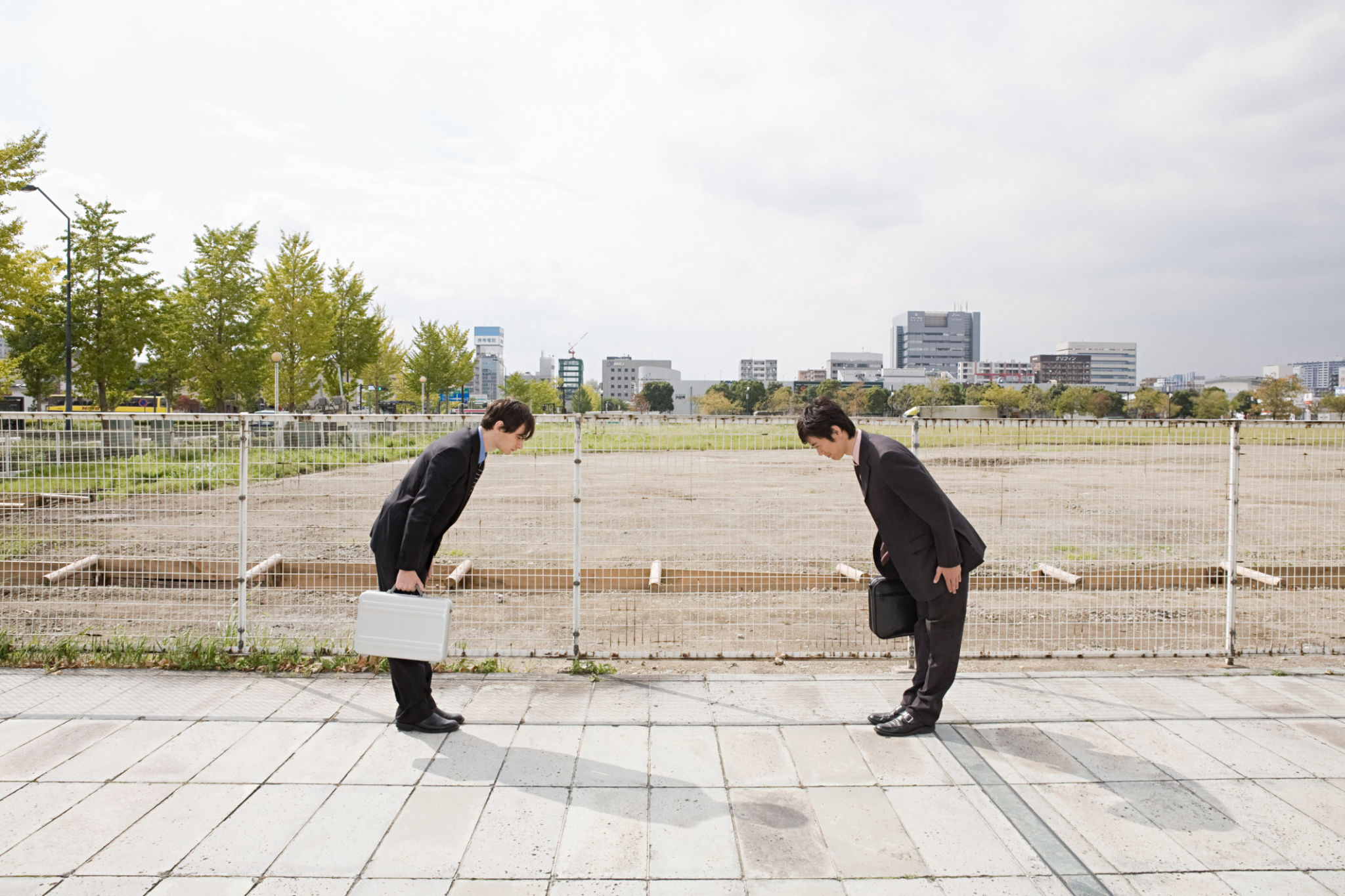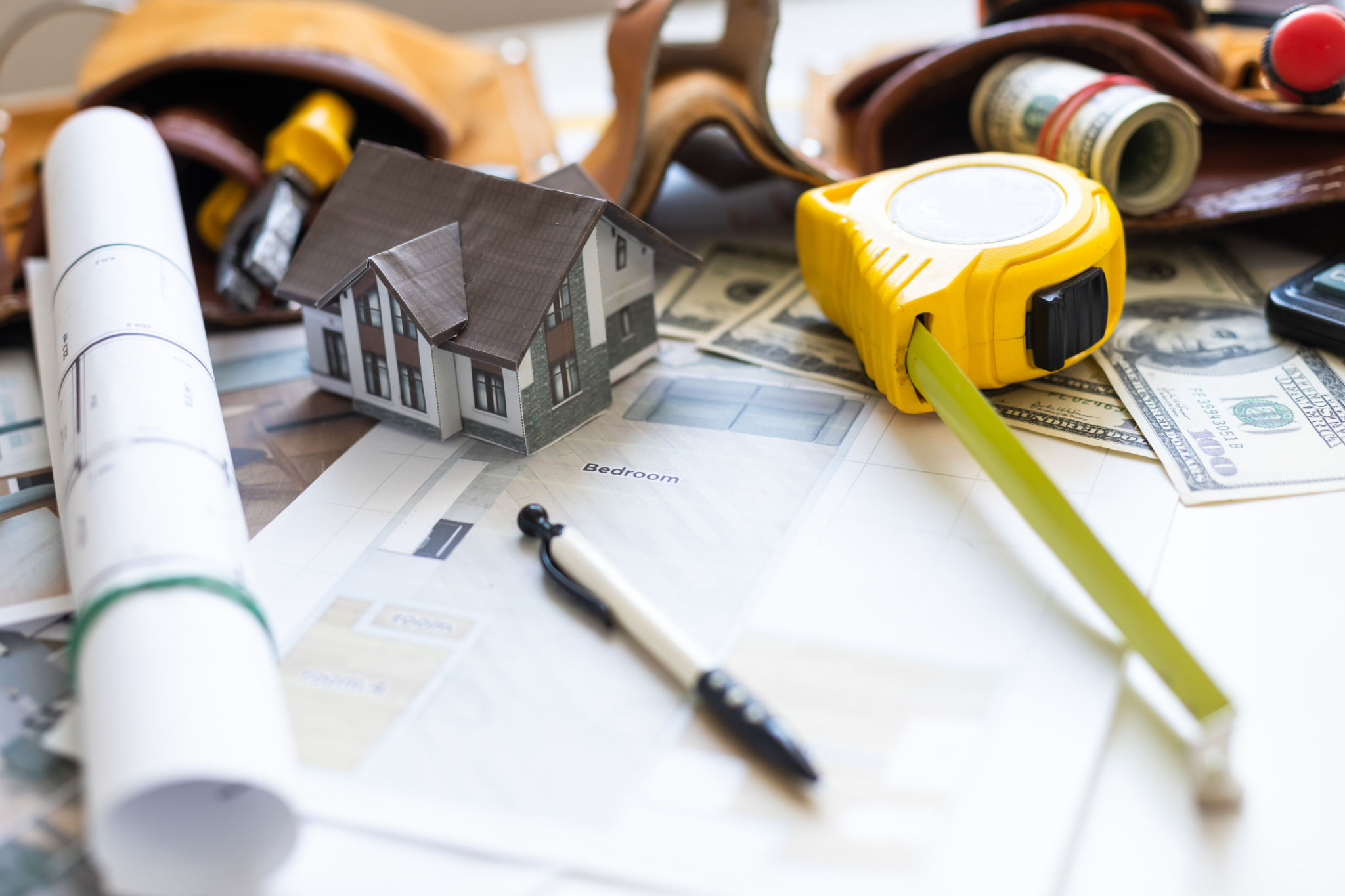Common Flooring Mistakes and How to Avoid Them
Choosing the Wrong Flooring Material
One of the most common mistakes when selecting flooring is choosing the wrong material for your specific needs. It's essential to consider factors such as foot traffic, climate, and the room's purpose. For instance, while hardwood floors may look beautiful in a living room, they might not be the best choice for a bathroom where moisture is an issue. Always match the flooring type to the function of the space to ensure durability and longevity.

Neglecting Subfloor Preparation
The subfloor plays a crucial role in the stability and longevity of your flooring. Neglecting proper preparation can lead to issues like uneven surfaces, creaking, and even damage over time. Before installing any flooring, ensure the subfloor is clean, dry, and level. Address any imperfections or moisture issues to prevent future problems.
Ignoring the Importance of Measurements
Accurate measurements are vital for a successful flooring installation. Many people make the mistake of estimating instead of measuring precisely, leading to wasted materials and increased costs. Always measure your space thoroughly and double-check your calculations. This includes considering any irregularities or obstacles in the room that might affect the flooring layout.

Overlooking Expansion Gaps
Expansion gaps are crucial for allowing your flooring to expand and contract with changes in temperature and humidity. Failing to leave sufficient gaps around the edges can result in buckling or cracking. Be sure to follow the manufacturer's guidelines on how much space to leave, and remember that this is especially important with materials like laminate and hardwood.
Skimping on Quality Underlayment
Quality underlayment provides a solid foundation for your flooring, enhancing comfort, sound absorption, and insulation. Skimping on this layer can lead to a less comfortable surface and increase noise levels in your home. Invest in good-quality underlayment to ensure optimal performance and comfort underfoot.

Improper Maintenance Practices
Once your new flooring is installed, maintaining it properly is key to preserving its appearance and functionality. Different flooring materials require different cleaning methods, so it's important to follow specific care instructions. Avoid using harsh chemicals on sensitive surfaces and stick to recommended cleaning products to prevent damage.
Not Considering Future Renovations
When choosing flooring, it's wise to think ahead about any potential renovations or updates you may want to undertake in the future. Selecting a versatile flooring option that can adapt to various design changes can save you time and money in the long run. Consider timeless styles and neutral colors that will complement different decor trends.

Rushing the Installation Process
Finally, rushing through the installation process can lead to mistakes that are costly and difficult to fix. Take your time to ensure each step is done correctly, from preparing the subfloor to laying each piece of flooring. If you're unsure about any part of the process, don't hesitate to consult a professional or seek expert advice.
